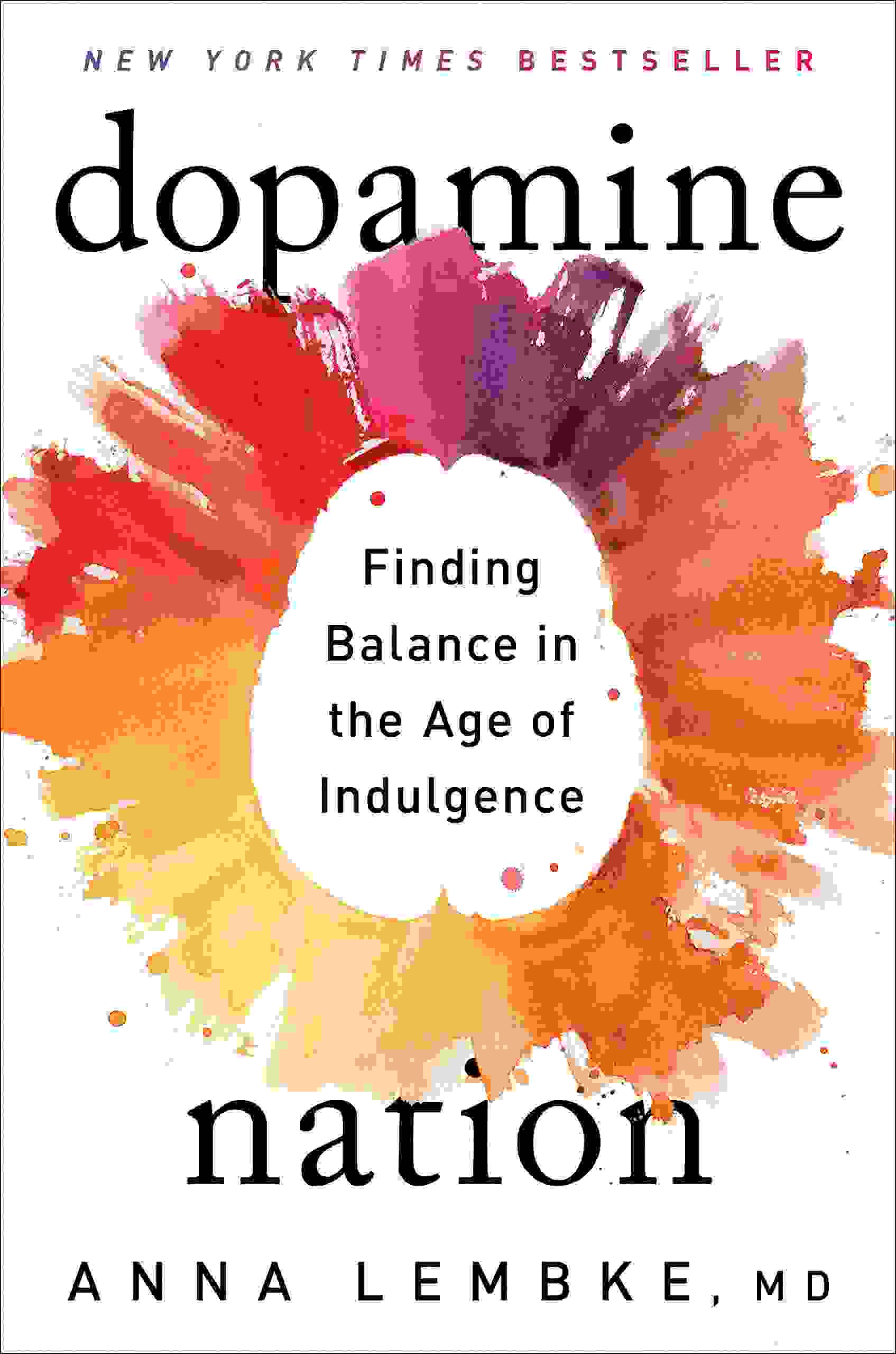DigitalRob reviewed Dopamine Nation by Dr. Anna Lembke
Revealing and Insightful
5 stars
This book is fantastic, a model of combining personal stories, clinical narratives, science, and behavioral analysis. Just as I might be getting distracted during a bit of science or analysis, Lebke includes an anecdote from her personal life or one of her patient’s. (All stories are included with the explicit consent of the owner. Lembke even includes a bit of information about how she collected the consent at the end of the book.)
The book begins with some clinical definitions, one being that the measure of dopamine generated in neural pathways is how scientists measure the addictiveness of a substance or behavior. From there, she takes the reader into an unusual story of a patient addicted to sexual edging. The stories of this patient and others are revisited frequently throughout the book as their stories apply to the information in each chapter.
As the book moves into the balance of pleasure and pain, self-binding, and pressing on the lever, I found I learned a great deal. The story of the teenager who was being forced into therapy by her parents for her near constant use of marijuana to deal with her anxiety was particularly enlightening. Sometimes the cure becomes the problem.
The chapter on shame reveals a lot about our “post-shame politics,” despite this not being the intention of the chapter. She begins this chapter by explaining the difference between guilt and shame: guilt being connected to an action, shame being the same emotion but applied to our self-concept, of who we are.
Shame comes in two forms: destructive and pro-social. Pro-social shame is exemplified in the structure and tenets of Alcoholics Anonymous and is a positive force. It can also be used as a parenting tool. However, some groups use pro-social shame to encourage bad behavior, as in the disinformation business model.
The conclusion of the book reviews the ten most important take-aways from the book, and offers a nice summary of all of the previous information.
In the end, I wish the book contained a relevant story related to internet and social media addiction, addiction to electronics. It is mentioned a few times, but Lembke doesn’t delve into it much. That said, her own personal story of addiction makes it clear that any behavior can be addictive if abused to negative effect.

